"Verweer" - Photographing the Effects of Weathering (Part Three)
The "Verweer" Series
 | 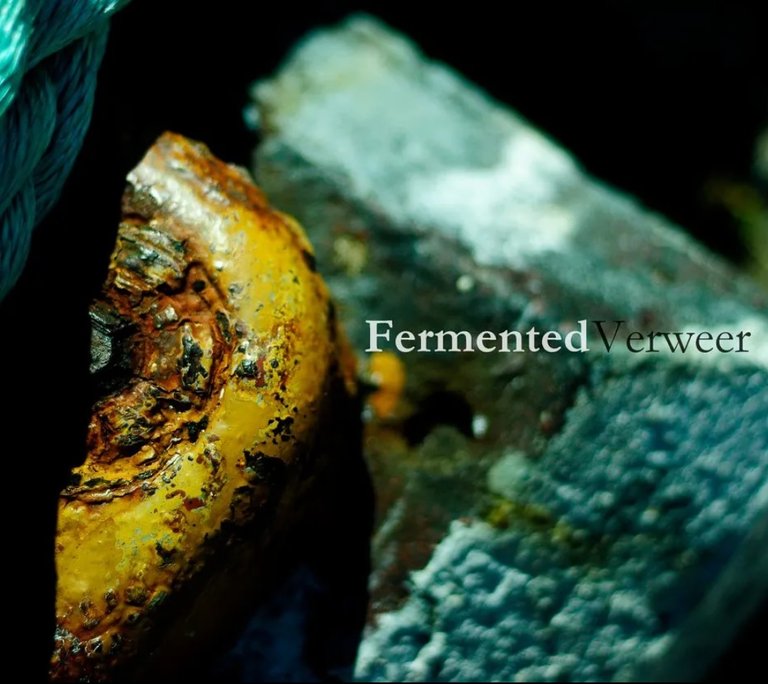 |
|---|---|
Sometimes a series just happens. I do not plan for it. The previous series that just happened were The Girl Who I Could Never Write and the Movement series. In an attempt to look at life a little bit closer, that is, to pay more attention to the things around us, I began to see how neglected things "weather down". In my language we call this "verweer" and in the previous two posts regarding "verweer" or weathering, I began writing about the multi-layered meanings regarding the word "verweer" in my language, amongst them being: (i) weathering, and (ii) resistance. This is rather paradoxical as the resistance against weathering did not happen, it is thus the act of resistance that failed that caused the weathering in the first place.
In the previous two posts, linked above, I showed two different places showcasing weathering, one being on top of a mountain almost a 1000 meters above sea level, and another one down at the docks, right at sea level. The contrast is amazing and it just puts into perspective what the weather does and can do. Nature is brutal and the weather, in the form of constant winds and rains, can turn something into nothing.
For this series, I introduce the notion of photographing these structures and human-made things that decay and thus descend or "fall" into "verweer" (weathering). It is not the prettiest sight, but in its uncanny reminder of life going on and destroying in the process, a kind of beauty emerges. The steel layers peeling off, rusted bolts and nuts, a drain cover resisting weathering, these are the things my mind locks onto when I walk past them. Similar to the Movement series focusing on dead timber, this series focuses on the dead material of humans still in use. The ocean weather (or the weather on top of a mountain) is harsh; one cannot always replace the things that decay. I want to showcase their beauty through their ugliness.
So please do enjoy these couple of photographs, with the accompanying essay at the end (as usual) inspired by these remnants of "verweer" (weathering).
"Verweer"
Postscriptum, or Weathering in the City
It looks like an old book, layers upon layers of rust begin to unfurl as if an old book that has been read too much. The layers tell a story, one of many layers, one of many years. Layer upon layer, but these layers are not the product of many years of sediment being deposited on top of each other. Instead, these layers are the product of years of salted winds blowing against them, splitting the once seamless product made by humans. All of the weathered products were once seamless and smooth, products of our conquering of nature. Nature does not produce such smooth and round edges perfected and designed by the products of countless years of studies and knowledge compiled into a three-year degree. In fact, these smooth edges somehow draw the line between human and nature, between design and perchance, between knowledge and speculation.
The countless hours spent perfecting the edges seem rather dull now compared to the rough texture of nature's touch. Both seem to indicate that nature has conquered, that we have lost the battle to show dominance. As nature's touch resisted the smooth edges of humanity's hubris. For now, it is merely a testament to our ability to conquer nothing but our predefined and arbitrary battlefields. Nature has won already; persistence is key.
Photographing decay is paradoxical in nature: we are capturing a slow process in action but we stop it from happening. The photograph, at once, shows movement, but also the absence thereof.
For now, we can only appreciate the beauty of decay.
Happy photographing, and stay safe.
All of the photographs are my own, taken with my Nikon D300 and 50mm Nikkor lens. The musings and writings are my own albeit inspired by the slow decay process. The previous two posts' images are also used in a new style I am trying out by showcasing/linking back to previous posts. The images are thus from these earlier posts and are simply breadcrumbs leading back to them and not integral to this post.
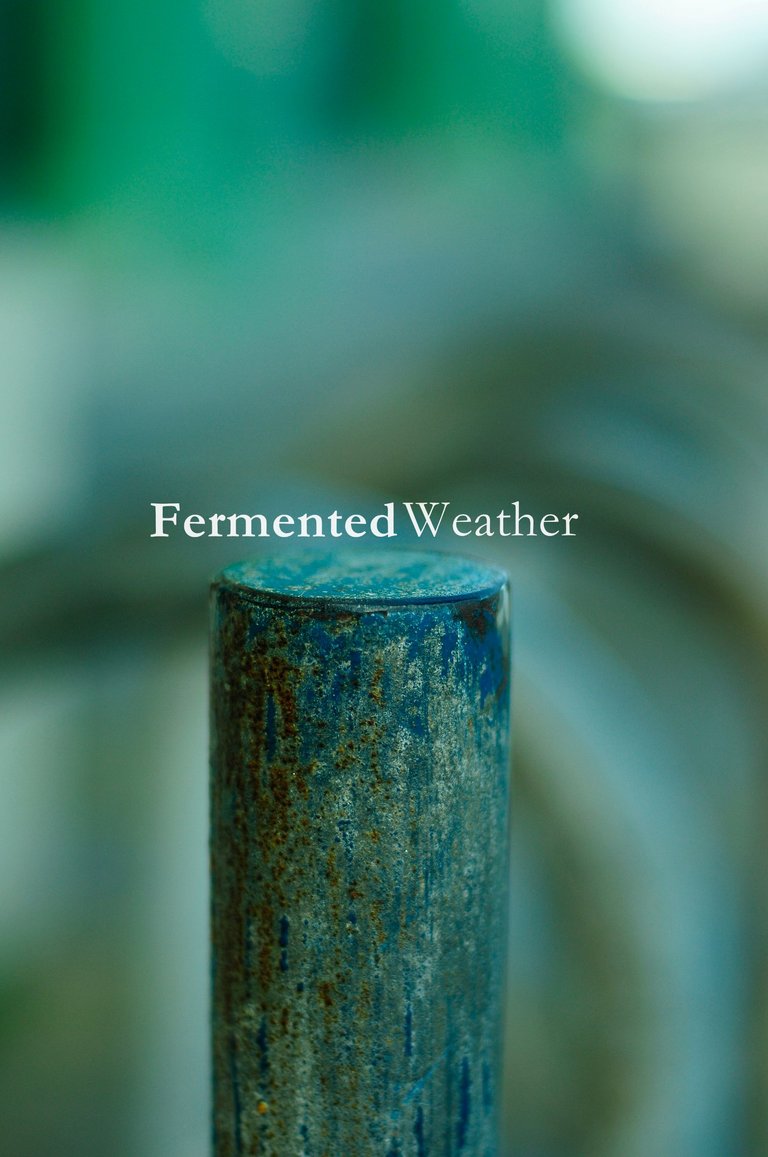
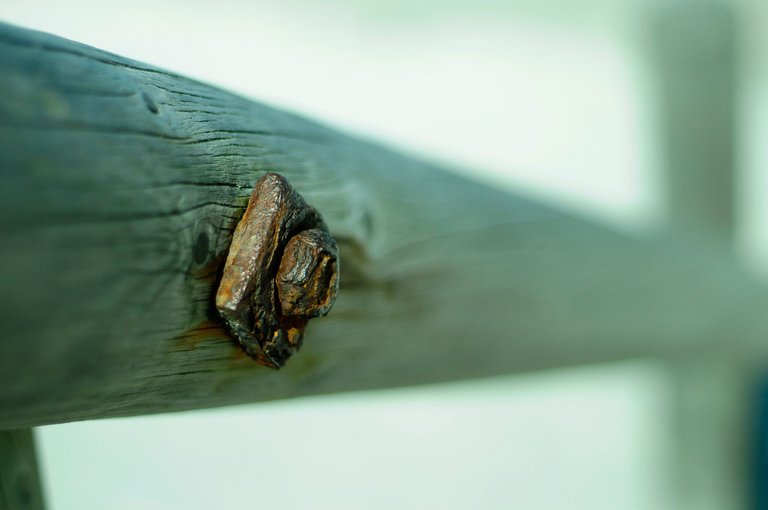

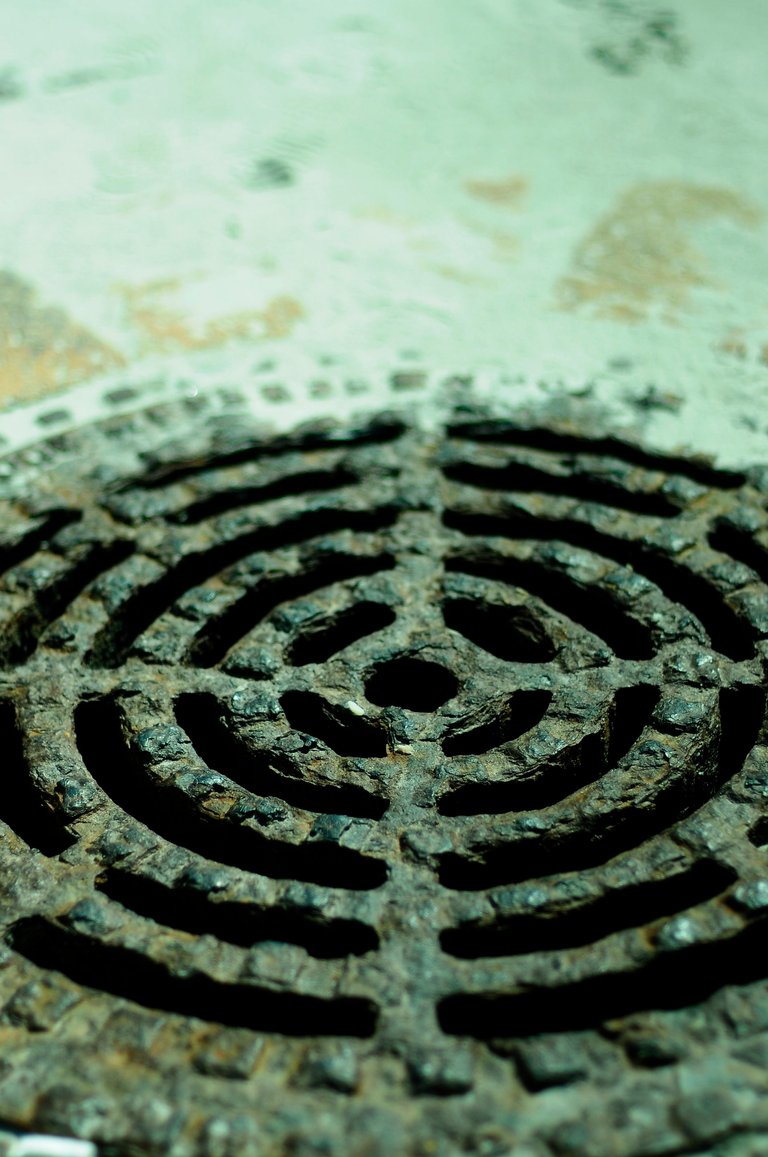
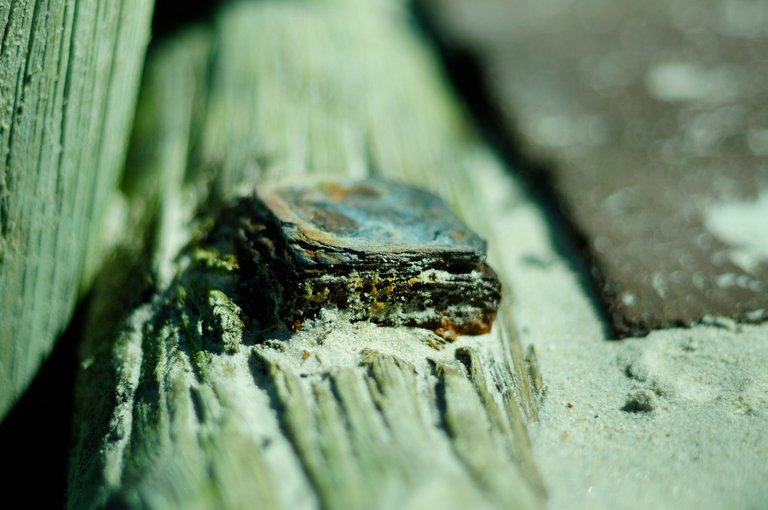
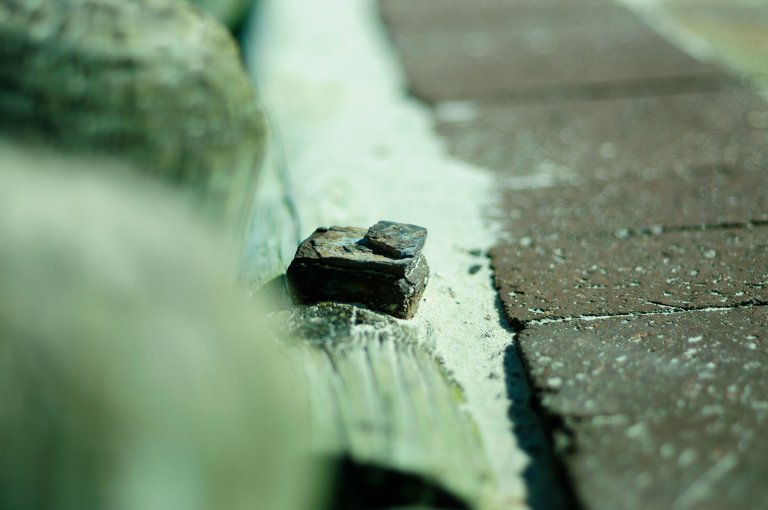

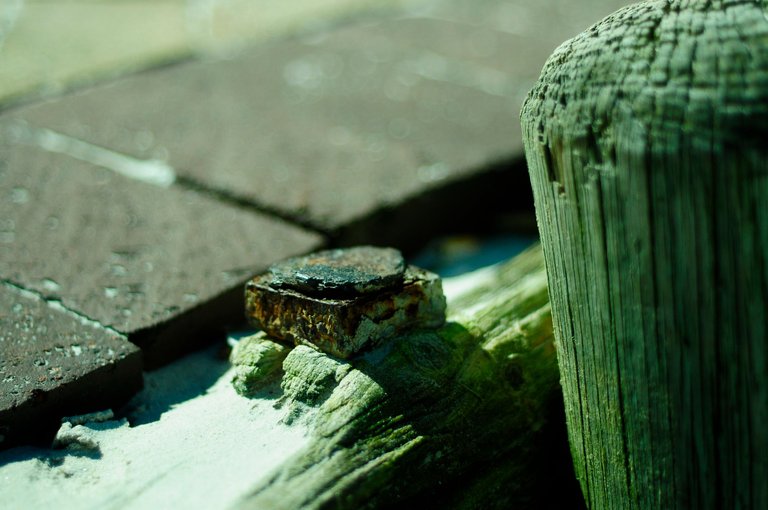
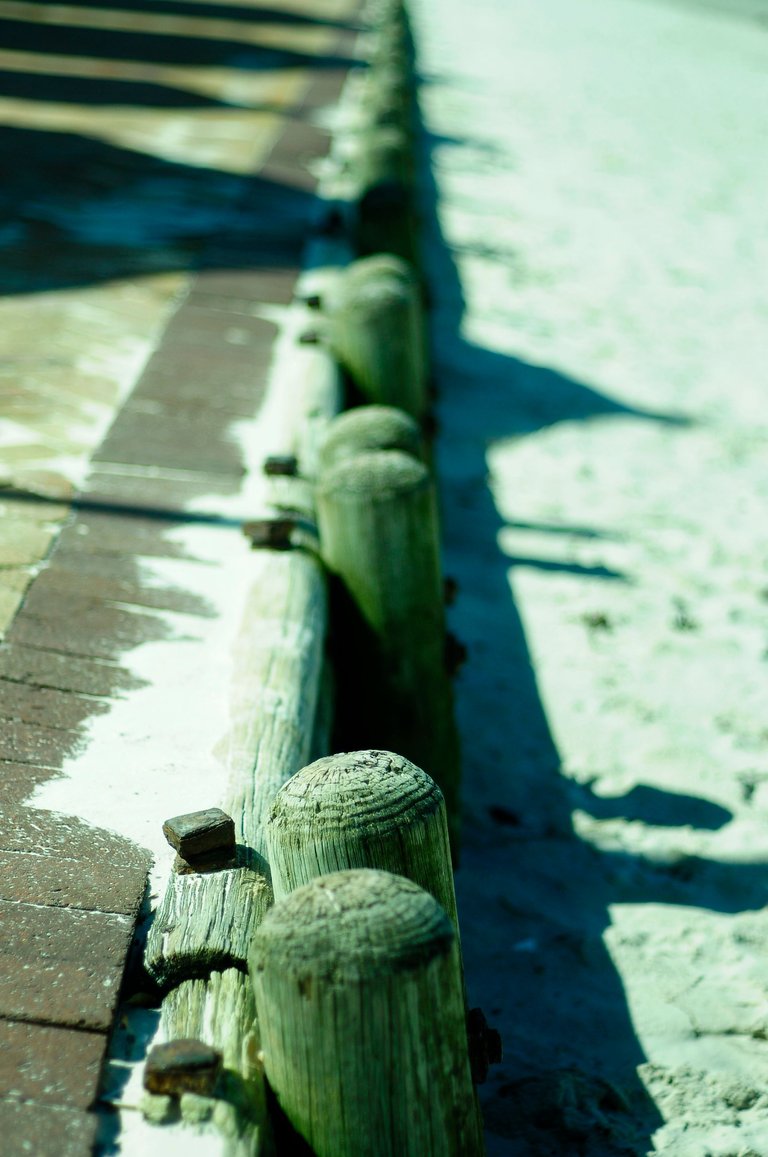
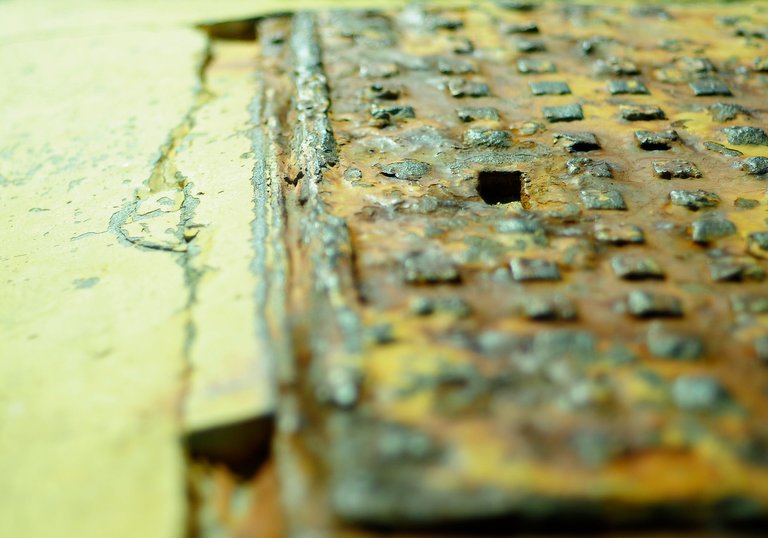
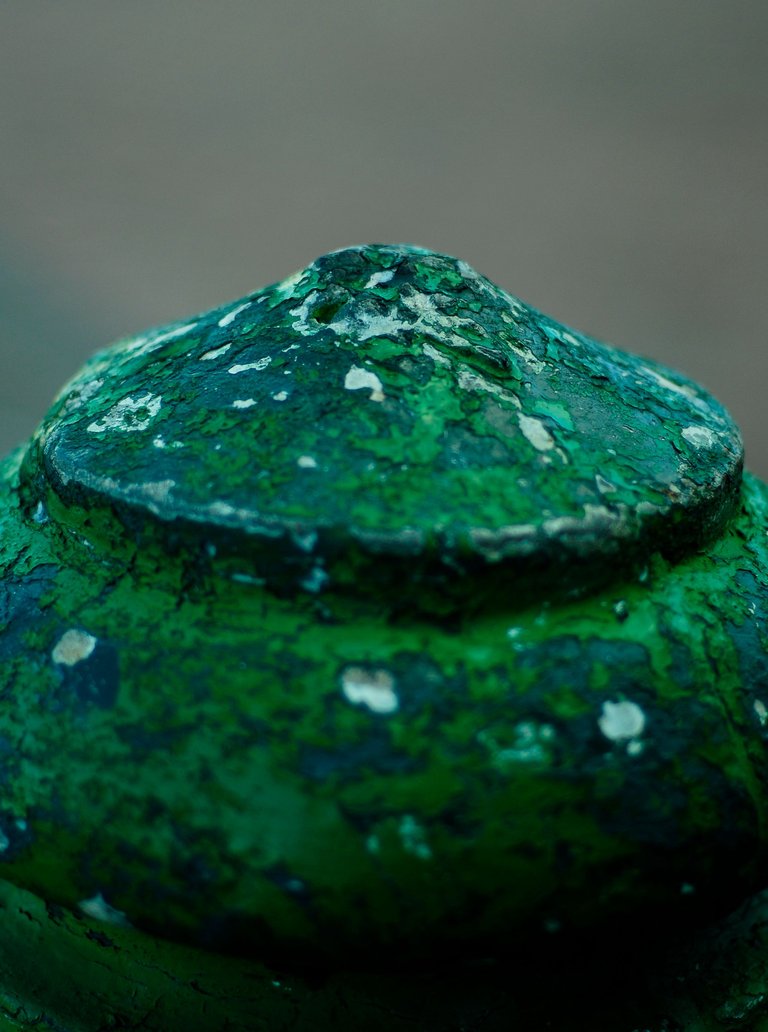
These are GORGEOUS!
Love the way you think too.
Thank you so much! I really appreciate it. I have to give some credit to the whisky I had beside me. @urban.scout also agrees with your comment, so thank you so much!
Thank you so much @ackhoo for the curation!
I really like the idea behind it all, certainly gives you something to hunt for when going out to take photos. Instead of wandering around not knowing what you're searching for. 😂
!BEER
Thanks man! I really appreciate it. Yes, for sure! There is this new trend on Instagram under some photographers, the art of noticing or something in that line. It is basically the same thing. Cheers!
Congratulations @fermentedphil! You have completed the following achievement on the Hive blockchain And have been rewarded with New badge(s)
Your next target is to reach 6000 replies.
You can view your badges on your board and compare yourself to others in the Ranking
If you no longer want to receive notifications, reply to this comment with the word
STOPCheck out our last posts: